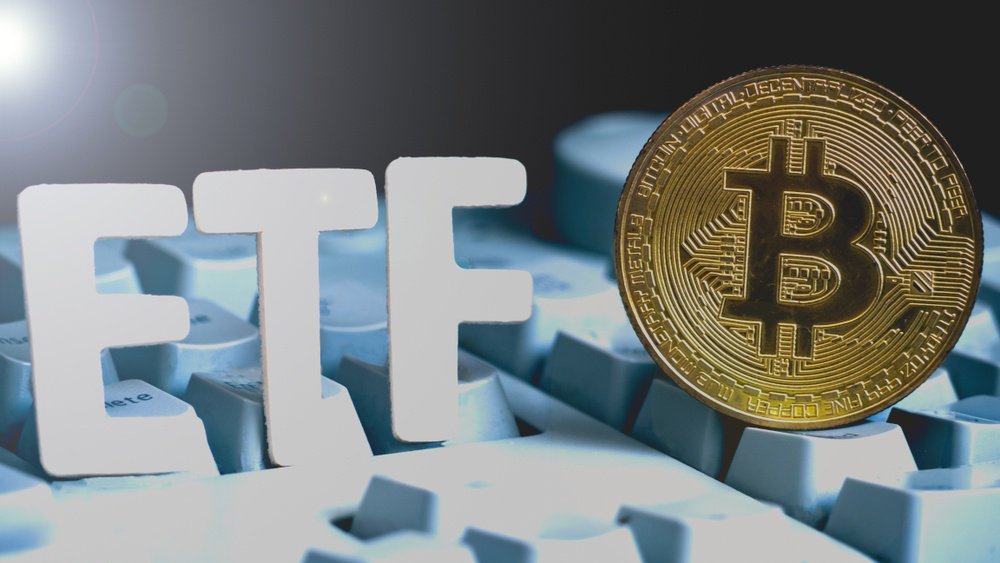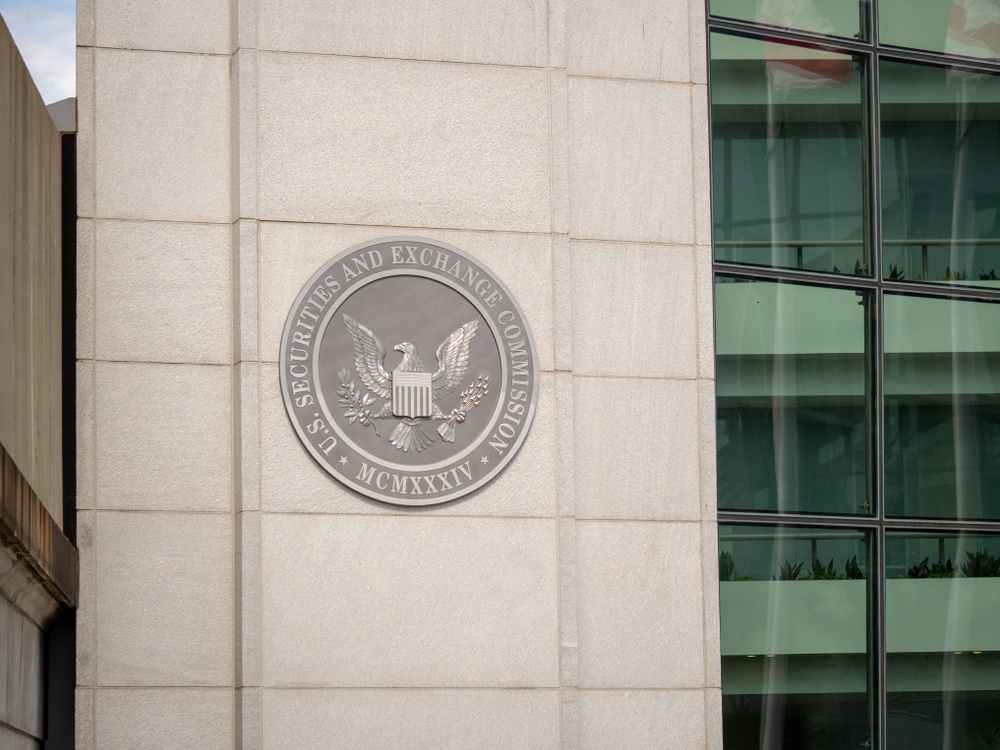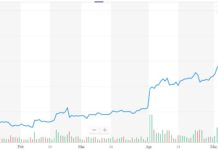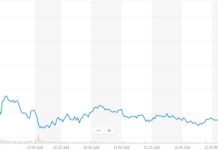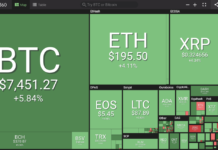[ad_1]
In March 2017, the U.S. Securities and Exchange Commission (SEC) denied the first ever bitcoin exchange-traded fund (ETF) proposal.
Since then, many bitcoin ETF applications have been filed by nearly ten companies, and many of them have been rejected by the SEC for similar reasons.
This week, in a presentation to the SEC, Bitwise revealed that the overwhelming majority of the trading volume in the bitcoin exchange market is fake and that a substantially large portion of the global bitcoin volume comes from the United States.
Ironically, the fake volume plague in the cryptocurrency exchange market may increase the probability of a bitcoin ETF approval.
The Fake Crypto Volume Paradox
Since most crypto volume is fake, regulated U.S. exchanges account for a much larger slice of the global bitcoin pie. | Source: Shutterstock
Two years ago, when the SEC rejected the first bitcoin ETF proposal filed in the U.S., the commission emphasized three factors:
- Vulnerability to manipulation
- Lack of regulations in overseas markets
- Lack of surveillance
“The Commission believes that, in order to meet this standard, an exchange that lists and trades shares of commodity-trust exchange-traded products (“ETPs”) must, in addition to other applicable requirements, satisfy two requirements that are dispositive in this matter. First, the exchange must have surveillance-sharing agreements with significant markets for trading the underlying commodity or derivatives on that commodity. And second, those markets must be regulated,” the SEC said at the time.
In the past two years, major overseas cryptocurrency markets in the likes of Japan and South Korea have implemented strict policies to govern their respective cryptocurrency exchange markets in areas including money laundering prevention and surveillance.
Perhaps more importantly, according to the presentation of Bitwise, the U.S. is the largest BTC exchange market in the world by daily volume, and given that most U.S. exchanges like Gemini and Coinbase are strictly regulated and compliant with existing laws, an argument can be made that overseas markets have less impact on the price trend of bitcoin than expected.
Moreover, strictly regulated bitcoin futures markets in the U.S. are responsible for a relatively large portion of the global bitcoin volume at 35 percent.
17/ And, when you remove fake volume, CME and CBOE futures volume is significant ($91M), especially compared to the real spot volume (35% for Feb 2019).
This is good news because it means CME— a regulated, surveilled market— is of material size, which important for an ETF. pic.twitter.com/pVqMqPSZkt
— Bitwise (@BitwiseInvest) March 22, 2019
In 2017, Jerry Brito, the executive director at Coin Center, said:
“The Winklevoss ETF proposal was rejected because the SEC found that the significant markets for Bitcoin tend to be unregulated overseas markets that are potentially subject to price manipulation. But this creates a chicken and egg problem. How do we develop well-capitalized and regulated markets in the U.S. and Europe if financial innovators aren’t allowed to bring products to market that grow domestic demand for digital currencies like Bitcoin?”
Now, regulators are aware that the U.S. is the primary market for bitcoin and that could be a plus when evaluating market manipulation risks associated with the bitcoin exchange market.
Don’t Expect a Bitcoin ETF Anytime Soon
As SEC commissioners have said in the past, there is no specific timeframe for the approval of a bitcoin ETF in the near-term.
It may take months or years, and the commissioners remain uncertain whether a bitcoin ETF will be approved anytime soon.
However, as the industry continues to lead efforts in regulating and institutionalizing the global bitcoin market, it may raise the chances of the approval of the first bitcoin ETF in the U.S. market.
Previously, an official at the Korea Exchange (KRX) said that the decision of the U.S. SEC on bitcoin ETFs could set the tone for the local cryptocurrency market of South Korea and for other markets in Asia.
[ad_2]
Source link

